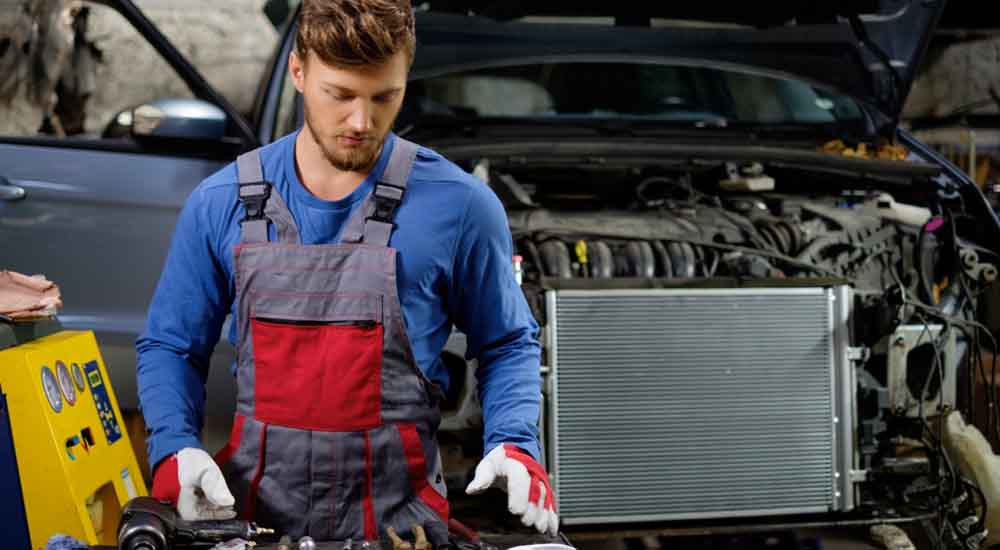
Repairing Your Radiator Hose – Advice From A Repairman
Your truck or car’s radiator hoses, that connect the engine to your radiator, are very important parts that maintain constant engine temperatures throughout a vehicle’s lifetime. The upper radiator hose connects directly to your radiator, while the lower radiator hose connects into the underside of the engine. Radiator hoses also help to drain away coolant from the engine so that cool engine parts don’t become damaged. radiator hoses are usually made of either copper or aluminum, but you should check your warranty to make sure that the hoses you are buying are made of the appropriate material for the model of truck or car you own. When it comes to auto repair, however, a radiator hose is the piece of equipment most people look to first.
There are several possible warning signs that indicate the need for radiator hose replacement. The first sign is often the loudest, but that doesn’t mean that it’s the only sign: coolant leaks can drip from the hoses onto the engine’s intake manifold (the “intake”), and they can even leak onto the ground behind the vehicle, especially at high speeds. This is a warning sign that radiator hose replacement may be necessary. Another sign, albeit one that is less loud, is water leaking from the back of the hoses onto the ground. This too is a warning sign that hose replacement may be required.
If the air conditioning system or heater core has failed, the mechanic will need to inspect the fan shrouds as well. In many vehicles, the fan shrouds are plastic tubs filled with an antifreeze fluid that allow the cooling fan to function properly. In older vehicles, the shrouds might be plastic-lined metal boxes filled with antifreeze, which are typically black in color. The metallic pipes and fittings in these boxes can leak and become a problem when they get clogged with accumulated ice or water. Hoses can also become completely blocked. If either of these signs are seen on the vehicle, a radiator hose replacement is needed immediately.
A final sign that radiator hose replacement may be needed involves the appearance of the pipes and hoses. When they get clogged with either ice or water, they look somewhat greasy and may even appear cracked. This means that the wires inside the pipes may have developed a short, and the flow of current through them has been interrupted. The mechanic can determine whether the blockage is mechanical in nature by looking at how the pipes are connected to one another. If they are not attached properly, this can also mean that the flow of current is being affected, and the mechanic will know if it needs to be repaired or replaced before starting the work.
Finally, you should have a knowledgeable, qualified, and friendly shop manual available when you make your repairs or replacements. It will tell you exactly what to look for, how to look for it, and what to do if you see any indications of potential problem areas. Having such information available when making repairs to your radiator hoses will ensure that the job is done correctly the first time. The mechanic will know exactly where to place the new replacement part so that it will be securely in place before starting work.
If you live in the northeastern United States, you will find that there are many places in northeastern areas that can supply you with the parts that you need to perform radiator hose replacement on your vehicles. There are also shops in most cities within the state of Massachusetts that can help you with your repair needs as well. You can search online to find a shop in your area that can perform repairs for your vehicles as well, or you can find one close to your home that is close enough to make the commute an easy one for you. Regardless of where you choose to repair your radiator hose replacement, the process is one that will keep your vehicle performing to its best over time, until you need to replace it again.


